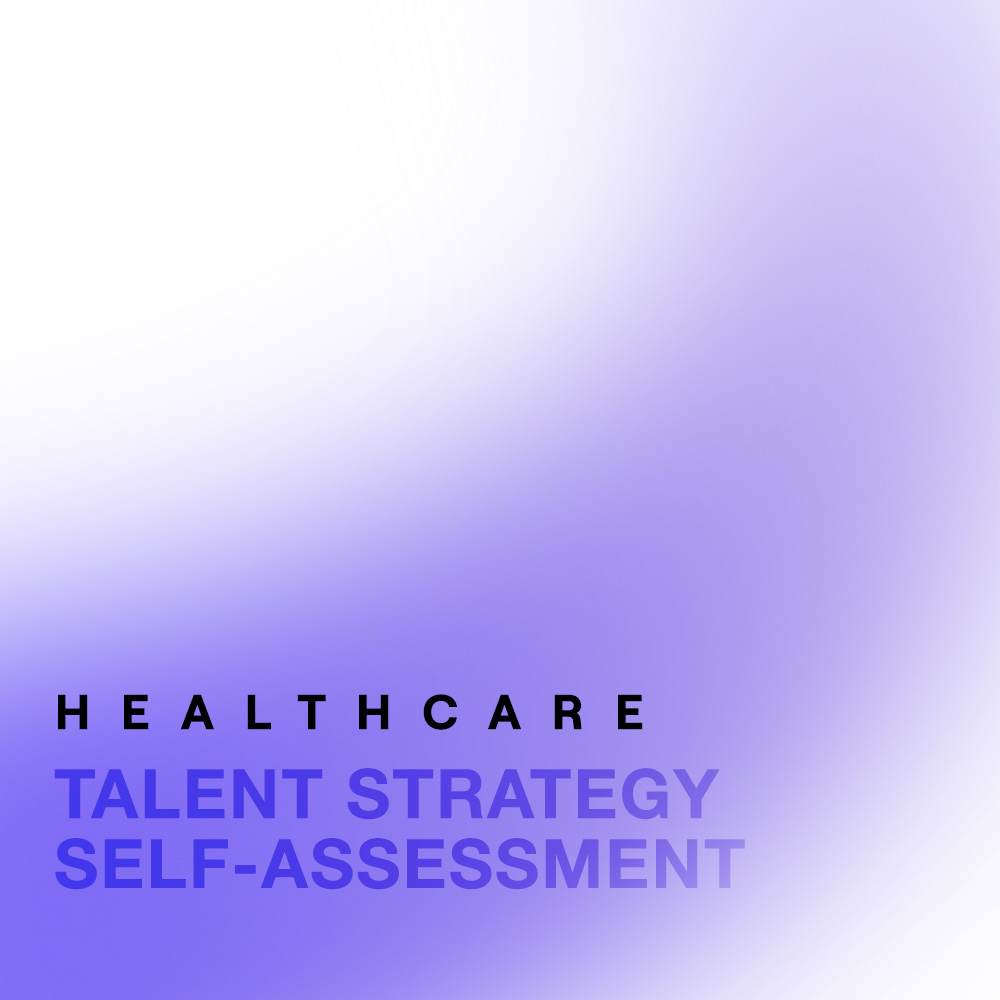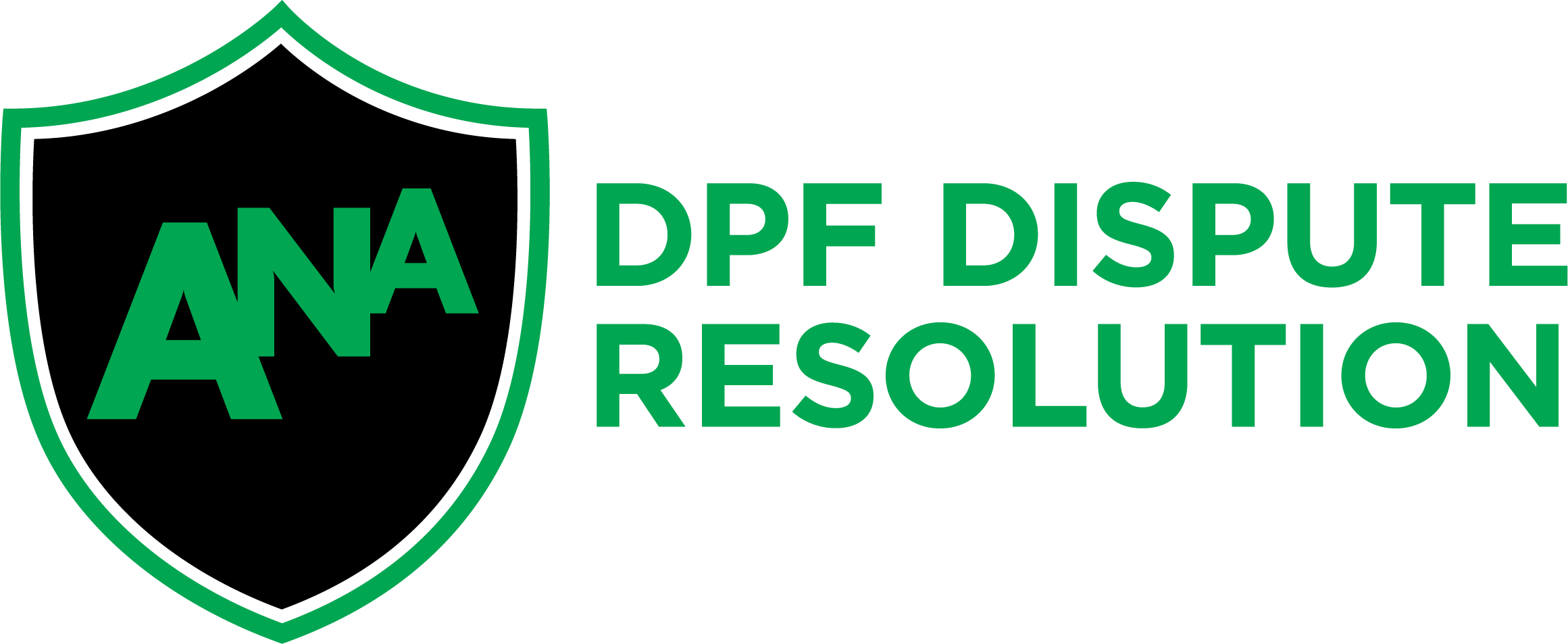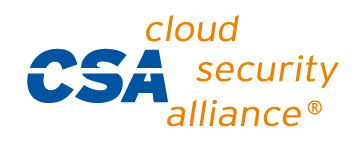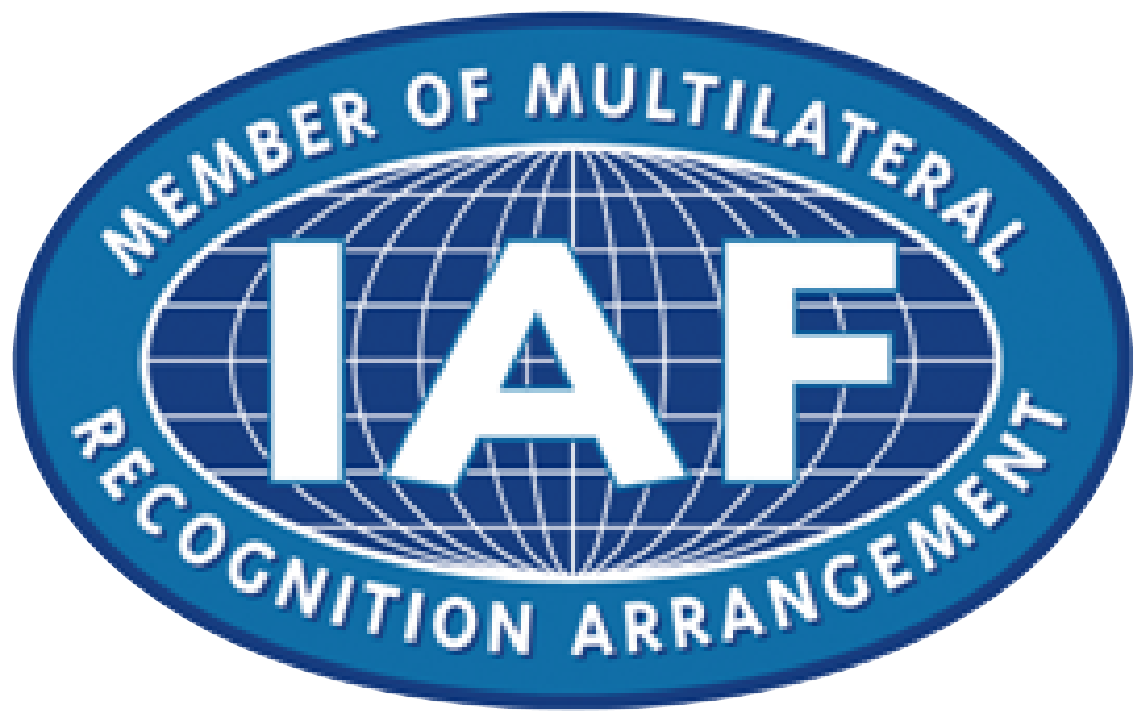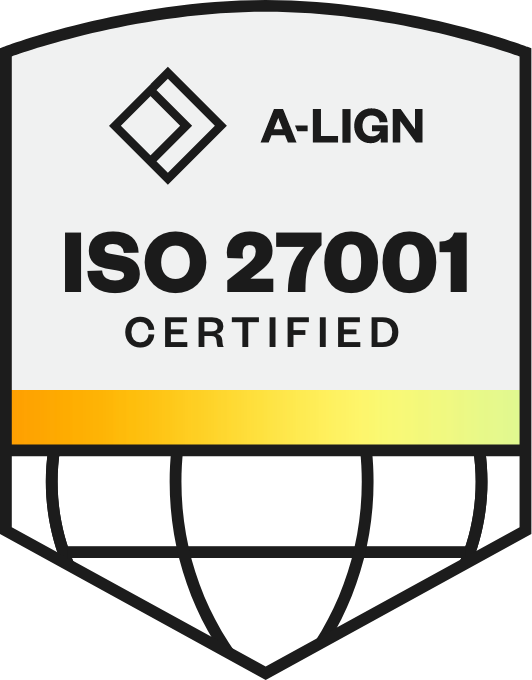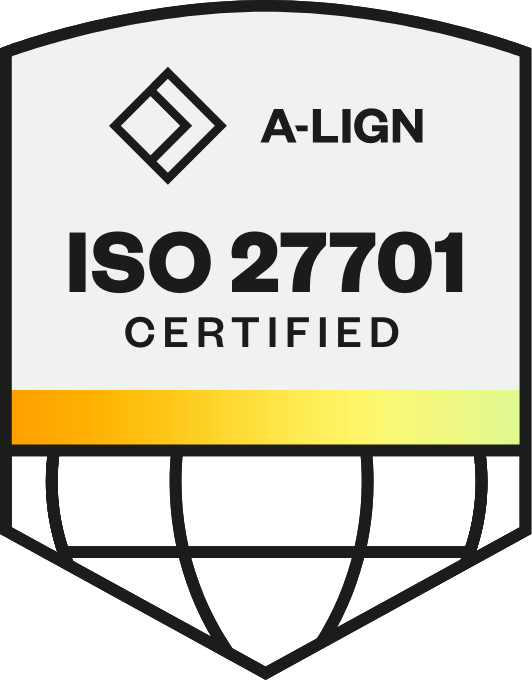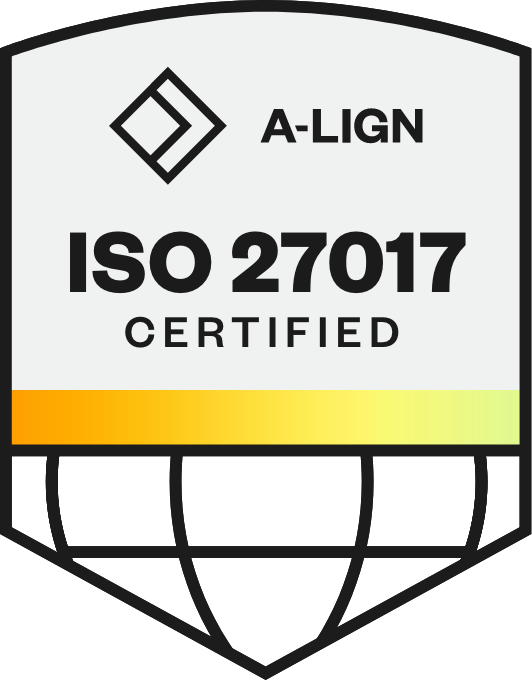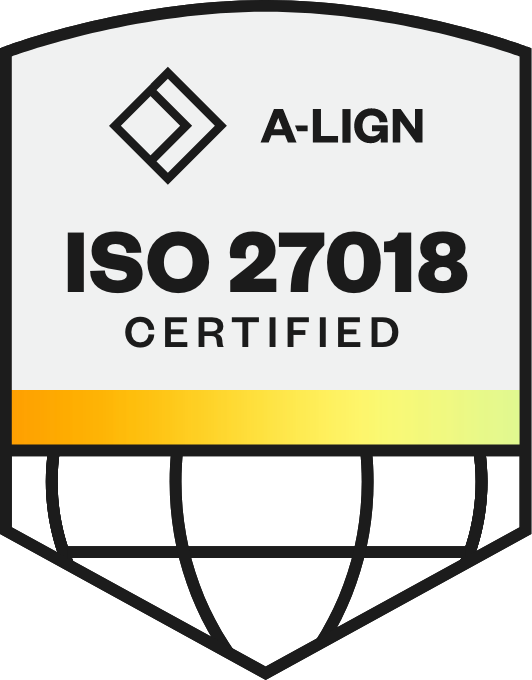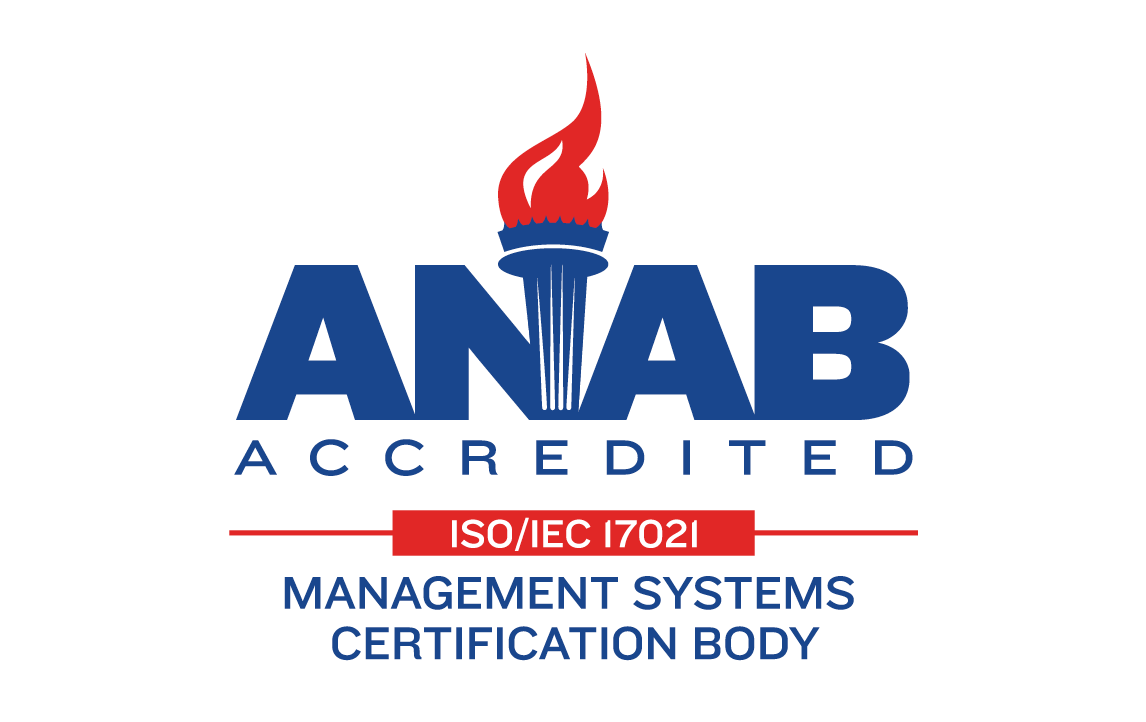
Attracting Top Talent to Change Lives: How CHOP Built a Modern Recruitment Engine to Power World-Class Pediatric Care
The hiring event at the Children's Hospital of Philadelphia's King of Prussia location was supposed to be manageable. Aimee DiMichele-Donsky, Director of Talent Acquisition Operations, and her team prepared for about 100 healthcare professionals. Instead, 400 people showed up, armed with résumés and high expectations, which their paper-based processes simply couldn’t accommodate.
Healthcare organizations today must compete for top clinical talent while simultaneously attracting skilled professionals in IT, finance, and operations—all while scaling rapidly to meet growing patient demands. The traditional playbook of reactive hiring and manual processes simply can't keep pace with the complexity and urgency of modern healthcare talent needs.
CHOP understands this challenge better than most. When you're the hospital that takes the cases no one else will touch, every hire matters exponentially. A single IT outage during a complex pediatric surgery could be catastrophic. Environmental services mistakes in sterile environments put vulnerable children at risk. The stakes demand talent acquisition precision that manual processes can no longer deliver.
Compounding the issue? Volume. CHOP tripled its headcount from 10,000 to 30,000 employees in 15 years while serving 1.6 million outpatient visits and 35,000 inpatient visits annually. That hiring event became the catalyst for a complete transformation toward AI-powered talent acquisition that would fundamentally reshape their recruitment strategy.
Read on for the highlights!
CHOP's Hiring Challenge
"We underestimated the strength of our brand, which is a great problem to have, but we had 400 people show up, which was not what we expected at all," DiMichele-Donsky recalled. "We only had a spreadsheet, and it was painful. It was one of those things that made us think, ‘Oh gosh, this is not sustainable."
The event perfectly illustrated a broader problem plaguing CHOP's talent acquisition strategy. While their clinical reputation consistently attracted nursing and medical professionals, the organization struggled with proactive sourcing across all departments. This became especially problematic as healthcare organizations like CHOP evolved into complex enterprises requiring diverse skill sets beyond traditional medical roles.
Consider the complexity: CHOP treats conditions that other institutions simply can't, requiring extraordinary talent across every function. Their IT professionals must secure patient data while enabling innovative treatment protocols. Finance teams navigate intricate insurance reimbursements while supporting global patient care. Environmental services teams maintain sterile environments for procedures that literally save children's lives.
"Some of the things that we started to ask were, ’Why would someone who works in IT or someone who wants to work in environmental services come here and want to work at CHOP and not go work for any other company in the area?’" DiMichele-Donsky explained. The challenge extended far beyond filling positions — it required attracting top talent that understands the mission-critical nature of every role.
"We see patients locally, but then we also see patients coming from quite literally all over the world to receive the best in class care here, and we treat things that other institutions just can't," DiMichele-Donsky noted. This global reach created additional pressure to maintain world-class operations across every department.
When the Pandemic Changed Everything
The pandemic amplified these challenges while creating new opportunities. CHOP's ability to rapidly transform their poison control center into Philadelphia's COVID hotline demonstrated organizational agility but exposed certain technological limitations that could no longer be ignored.
"We were suddenly taking all of these calls for the greater Philadelphia area and trying to triage folks who were very distressed," DiMichele-Donsky described. The rapid scaling required moving staff internally and hiring quickly — exactly the type of scenario their manual processes couldn't handle efficiently.
Meanwhile, the clinical workforce faced unprecedented challenges. Burnout affected healthcare professionals nationwide, leading many to reconsider their career paths. "We certainly saw some folks take a step back during that time. And we did really see that as a moment to also take a step back and say, ‘What is it that should make people want to work here?’"
This reflection revealed deeper systemic issues with the status quo. "We didn't have a great grasp on being able to proactively source," DiMichele-Donsky admitted. At the same time, their applicant tracking system (ATS) offered limited automation capabilities, and AI was just emerging as a recruitment tool.
DiMichele-Donsky recognized the core problem: "We want to build repeatable, reliable processes, but they have to be scalable because we're going to continue to grow as an organization, and we can't always say, ‘Okay, then let's hire five more recruiters.’ That's just not realistic. And how do we find them if we don't have the technology to help us do it?"
From Spreadsheets to Smart Systems
When CHOP began evaluating talent acquisition solutions, they prioritized capabilities addressing their core scaling challenges while maintaining the human connection essential to healthcare recruiting. The evaluation focused on three strategic capabilities that would transform their entire approach.
Intelligent Candidate Discovery
"Being able to surface candidates who match a job description has been something that we've been looking at a lot," she noted. "The system can say, here are candidates that match based on what I'm seeing. Thumbs up? Thumbs down?”
This concept of AI discovery and fitscoring fundamentally improved how CHOP handles high-volume candidate evaluation. Instead of manually reviewing hundreds of applications, recruiters can quickly identify qualified candidates using intelligent matching capabilities.
This proved especially valuable for CHOP's comprehensive job descriptions. "Our job descriptions tend to be a bit long. We want to put all of the things in there," DiMichele-Donsky acknowledged. AI helps identify essential skills versus nice-to-have qualifications, focusing on what truly matters for patient care outcomes.
The transformation of CHOP’s career site complemented this intelligent matching. Previously, the team faced limitations in properly displaying their branding and serving up personalized content. "Our legacy career site really didn't have a lot of flexibility when it came to updates. We didn't have the right font all the time because it didn't support it," she explained. Now, they’re able to create experiences where candidates find relevant content based on their interests and career stage.
Staying Connected with Candidates
The implementation of a conversational chatbot on their career site addressed a persistent challenge: providing immediate responses to candidate questions without requiring human intervention. This became especially valuable for engaging passive candidates browsing opportunities outside normal business hours.
"It’s something that feels interactive for candidates, but it doesn't have to be an actual human sitting there answering questions because that's not realistic either," DiMichele-Donsky explained.
More sophisticated are the automated nurture campaigns that maintain candidate engagement over extended periods. CHOP now operates two primary streams that work continuously in the background. "We just set up our very first nurture stream email campaigns. One of them is for our talent community, and we have that set up so that when someone joins, they'll enter the nurture stream, and it sends them a cadence of emails over a course of months," she explained.
The second target is "boomerang" employees. "We love a CHOP boomerang. That is, as you might imagine, someone who has left CHOP and is now interested in returning," DiMichele-Donsky noted. Automations set up in their Talent CRM enable updates about organizational changes, benefits information, and relevant opportunities, creating structured paths back to the organization.
Integrated Event-to-Hire Pipeline
QR codes and automated follow-up sequences eliminated the spreadsheet juggling that once characterized CHOP's recruiting events. "We've been setting up QR codes for folks to sign up and join our talent community at the event. So then we can very easily set up automations to then message everyone who attended," she described.
Bi-directional integration between their ATS and candidate engagement solution enables sophisticated automation workflows while preventing embarrassing communication errors. "We don't want to be reaching out to someone [about a job opening] if they've accepted an offer with us already. That looks like we don't know what we're doing," DiMichele-Donsky reasoned. Real-time data synchronization between systems ensures such missteps are automatically prevented.
The decision to partner with a single vendor rather than multiple point solutions proved strategic for CHOP's continued growth trajectory, ensuring their technology could evolve with organizational needs rather than requiring constant integration work.
27% Changes the Game
The implementation delivered measurable results that changed CHOP's competitive position. When DiMichele-Donsky reviews their annual hiring data, the numbers tell a transformation story: "Over the past year, 27% of all of our hires came from a sourced lead, which is great,” she revealed. “It's over 25%. That was our goal."
This shift from reactive to proactive hiring created competitive advantages beyond metrics. The 27% sourced hire rate represents CHOP's evolution from essentially starting from scratch for every open position to maintaining active relationships with thousands of potential candidates across all specialties.
"We're having that continued engagement with candidates and helping them keep CHOP top of mind without us lifting a single finger, which is incredible," she said. These automated systems operate continuously, maintaining relationships that previously required significant recruiter time while creating professional experiences that reflect positively on CHOP's technological sophistication.
The impact extends to strategic relationship building. CHOP can now identify and engage qualified candidates before positions become urgent, reducing time to fill while improving candidate quality. The ability to maintain ongoing relationships means recruiters can focus on higher-value activities like candidate consultation rather than administrative tasks.
Perhaps most noteworthy, these technological improvements positioned CHOP to handle their continued expansion without proportional increases in recruiting staff. With several new buildings opening in the coming years, scalable processes became essential for maintaining their renowned reputation.
Building Tomorrow's Healthcare Talent Strategy
DiMichele-Donsky's next target: the interview variability that stems from CHOP's complexity. With departments ranging from pediatric oncology to facilities management, creating consistent interview experiences across such diverse roles requires sophisticated coordination.
"When I think about our process end to end, the interview process is one area where, honestly, we still have a good bit of variability across the board," DiMichele-Donsky acknowledged. "We have interview guides, but we manually attach them to our confirmations and things like that. And are people using them? Maybe, maybe not."
The organization plans to integrate interview guides directly into scheduling systems while exploring AI transcription capabilities. "That ability to have those tools available and present for the interview process … it's all very exciting," she said.
These improvements would create consistent experiences regardless of which team member conducts interviews while providing hiring managers with better evaluation tools. The technology could also identify areas where additional follow-up questions might strengthen candidate assessment — crucial when hiring decisions directly impact patient care outcomes.
Practical Advice for Healthcare Leaders
For healthcare organizations still hesitant about embracing AI in talent acquisition, DiMichele-Donsky offered wisdom based on CHOP's journey: "You will need to dip a toe into this world, or you'll find that you've been left behind."
Her approach emphasizes experimentation over wholesale transformation. "Experiment. That's the biggest thing. And know that it's not going to be perfect immediately. We do a lot of pilots where we look at one particular segment of the organization or one particular type of candidate and say, ‘Let's try this out with just this group and see what happens.’"
The key is maintaining human connection while embracing technological capabilities. "Where we've found particular success is keeping that human connection and keeping the human in the loop, of course. But what are the things that we can automate and where can we bring AI into the mix as a value-add for us?"
The chaotic hiring event that once represented CHOP's biggest challenge became their breakthrough moment. Healthcare organizations ready to move beyond manual processes and reactive hiring strategies now have a proven roadmap for transformation.
Take the right next step to scale your own hiring. Get a complimentary Hiring Automation Audit
Fariya Banu is a content marketing writer at Phenom who loves decoding buyer psychology and crafting stories that convert. With engineering and marketing expertise, she brings analytical thinking to creative storytelling. When not writing, she's snorkelling, cooking, or diving into any adventure that sparks curiosity.
Get the latest talent experience insights delivered to your inbox.
Sign up to the Phenom email list for weekly updates!
